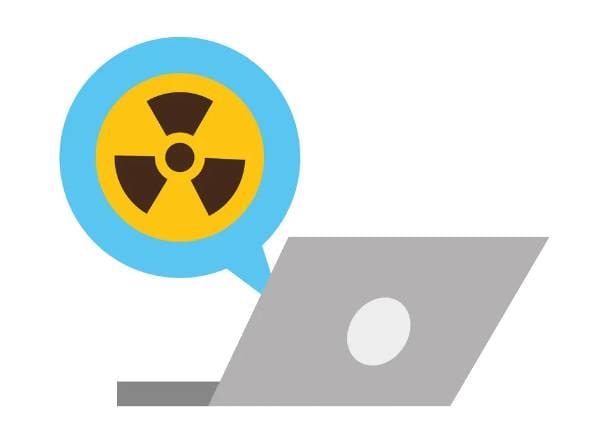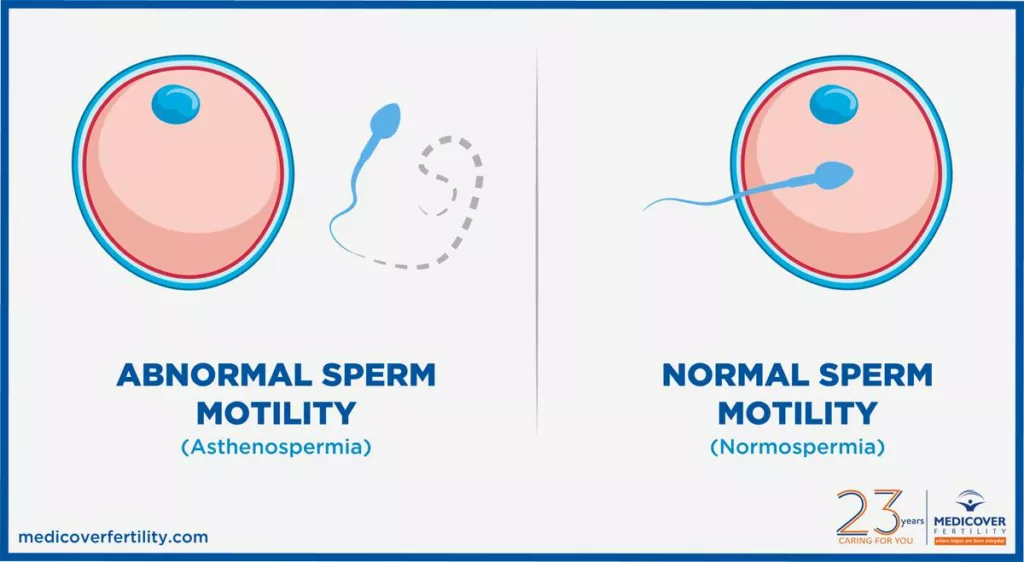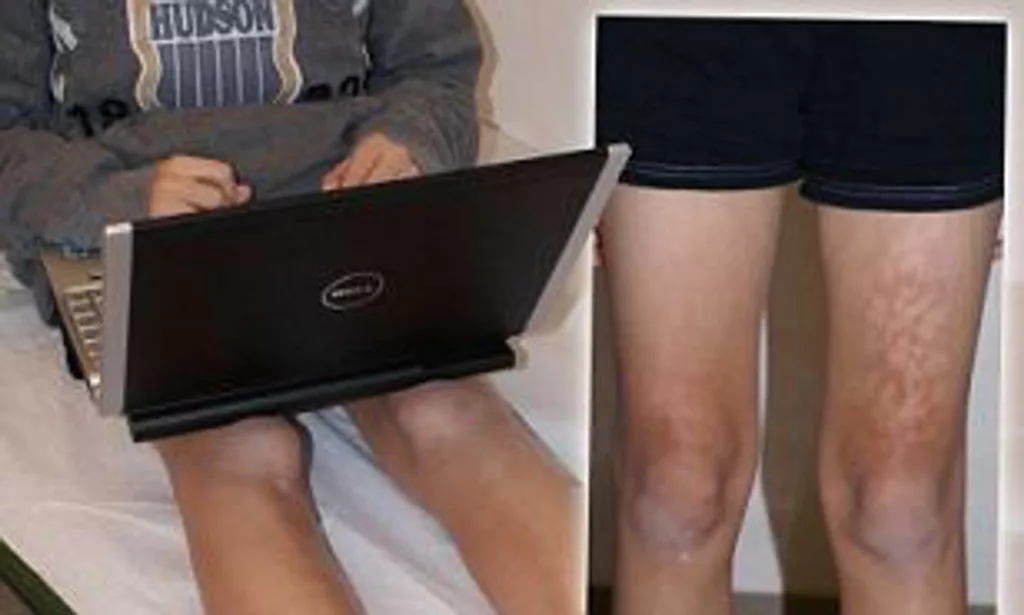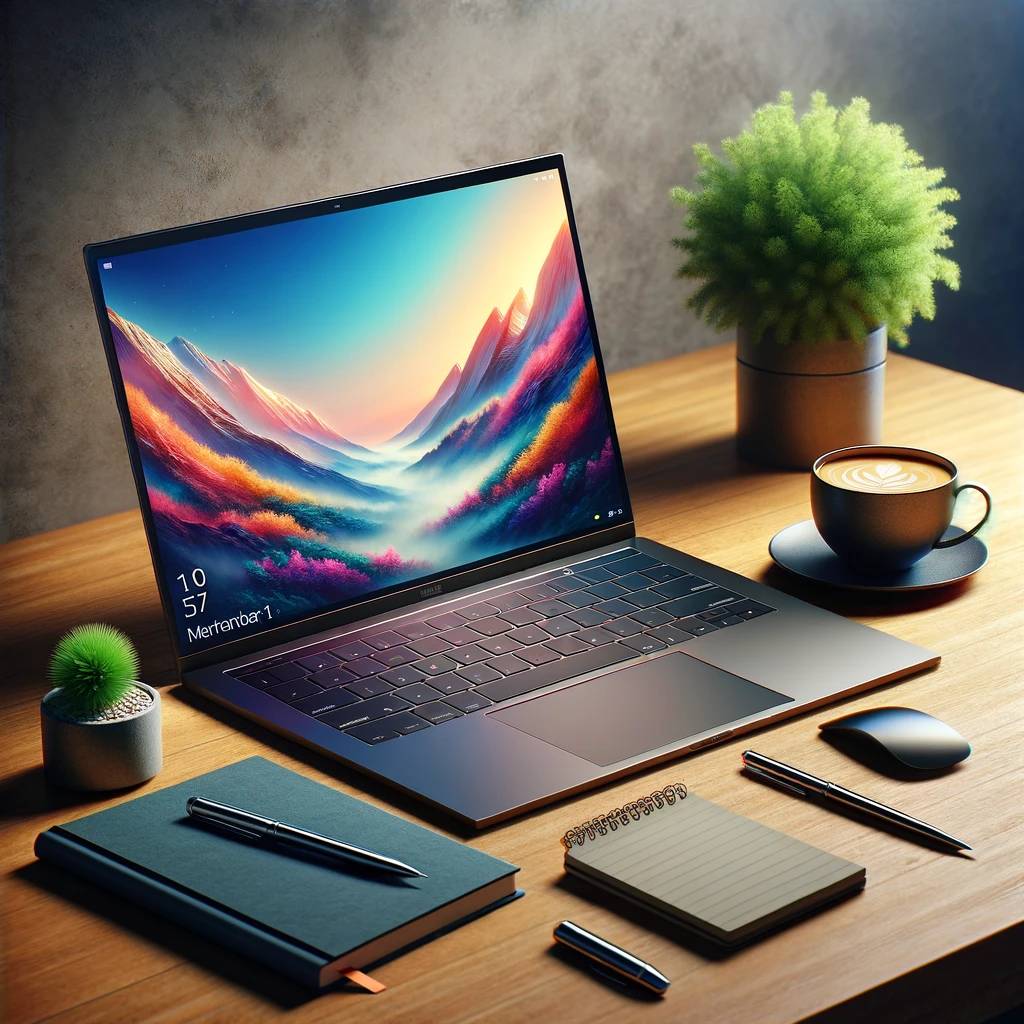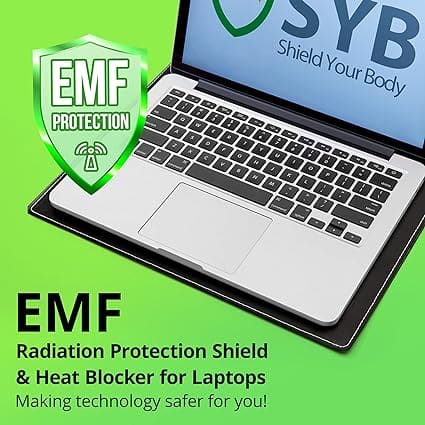Ironically, despite the “lap” in its name, your laptop isn’t actually designed to sit on your lap.
It’s a comfortable solution, we get it, and it’s a habit that many of us have fallen into over the years. But there’s a catch.
Research shows that snuggling up with your laptop can lead to a few unwanted health risks, like exposure to electromagnetic fields (EMF), dealing with excess heat, and straining your body in awkward ways.
In this guide, we’re going to unpack these issues. We’ll dive into what these risks really mean and arm you with some handy tips and alternative ways to keep using your laptop—just without the lap part.
Let’s dive in.
Do Laptops Emit Radiation?
Absolutely. Laptops are more complex than we often give them credit for, especially when it comes to the types of radiation"Radiation" in the context of Electromagnetic Fields (EMF) refers to the process by which energy is emitted and transmitted through space or a material medium in the form of electromagnetic... they emit. Let’s dive a bit deeper into this:

Want to Slash Your EMF Health Risks?
Want to Slash Your EMF Health Risks?
Good! Learn the one small change you should make right now.
Radio FrequencyRadio Frequency (or RF), a subset of EMF, encompasses electromagnetic wave frequencies ranging from about 3 kilohertz (kHz) to 300 gigahertz (GHz). These frequencies are extensively used in modern wireless... (RF) Radiation: Laptops use RF radiation for wireless connections like WiFi. The amount of RF radiation laptops emit is generally lower than what cell phones emit.
Extremely Low FrequencyDefinition and Characteristics Extremely Low Frequency (ELF) refers to the lower end of the electromagnetic (EM) spectrum with frequencies from 3 Hz to 300 Hz. This range lies below the... (ELF) Electromagnetic Fields (EMFs): The electrical components inside a laptop generate ELF-EMFs.
Thermal Radiation: Laptops generate heat, which is a type of infrared radiation. While not harmful in the same way as other types of radiation, excessive heat can cause discomfort or skin burns if you use your laptop on your lap for a long time.
Light Emission: The laptop screen emits light, including blue light, which can affect your sleep cycle if you’re exposed to too much of it before bedtime.
Ionizing Radiation"Ionizing radiation" refers to a type of electromagnetic radiation that carries enough energy to liberate electrons from atoms or molecules, thereby ionizing them. This form of radiation is part of...: Laptops contain very small amounts of radioactive materials, leading to minimal ionizing radiation emission. This type of radiation can remove electrons from atoms but is usually not a concern with laptops because the levels are very low.
Health Risks Associated with Laptop Radiation
Studies have drawn connections between extended laptop usage on the lap and various health concerns, touching on issues as serious as infertility and miscarriage.
It seems that our convenient digital companions may carry implications far beyond mere digital fatigue or eye strain.
Have a look.
Declined Fertility
A compelling study by Negi and Singh in 2021 from the University of Delhi delves into how our modern gadgets, particularly cell phones and laptops, might be quietly influencing reproductive health.
Their research sheds light on the subtle yet significant impact of non-ionizing radiation—a type of radiation emitted by many everyday devices—on male fertility.
The study points out that this radiation could be a contributing factor to the observed decline in male fertility rates.
It’s fascinating, and somewhat concerning, how the invisible waves from our laptops and phones can affect sperm health, including their motility, count, and structure.
Moreover, the researchers bring attention to the potential for increased oxidative stress and hormonal changes, further underscoring the complex ways our tech habits might be affecting our health beneath the surface.
Decreased Sperm Motility
Sperm motility is a key indicator of sperm health. In one 2012 study published in the American Society of Reproductive Medicine, researchers found that just four hours of exposure to WiFi radiation from a laptop can lead to decreased sperm motility and a notable increase in the DNA fragmentation of sperm.
They also highlighted that this damage to sperm occurred at ‘nonthermal’ levels. In other words, it was just the EMF radiation that yielded this damage, not the laptop’s heat emissions.
Besides that, a study from Japan (conducted in 2018 and published in 2019) also found that WiFi radiation kills sperm.
For this study, the researcher, Kumiko Nakata, divided subjects into three groups:
- In one group, sperm was exposed to electromagnetic fields (EMF) from a pocket WiFi router.
- In another group, sperm samples were exposed to electromagnetic waves, but WiFi EMF protection was used as a shield.
- The third group was a control group with no EMF exposure.
“After two hours…the motility rate of the control group was 53.3 percent, the shield group was 44.9 percent, and the exposed group was much lower at 26.4 percent.”
So, after just two hours, the group exposed to WiFi radiation had half the quantity of viable sperm as the group with no exposure.
And, the effect got stronger over time (what is called in science a “dose-response” relationship).
After 24 hours, says the report, “the dead sperm rate of the control group was 8.4 percent, the shield group was 18.2 percent, and the exposed group was 23.3 percent, the latter being significantly higher.”
Miscarriage
In 2017, researchers from the Kaiser Foundation Research Institute conducted a research study to understand the potential risks of miscarriage associated with exposure to magnetic fieldIn the context of electromagnetic fields (EMF), the term "field" refers to a region in space where electric and magnetic forces are exerted. An electromagnetic field is generated by electrically... non-ionizing radiation.
Their investigation involved a cohort of 913 pregnant women, offering a substantial dataset to draw from.
The findings were both significant and thought-provoking: women who were exposed to higher levels of magnetic field non-ionizing radiation faced a notably increased risk of miscarriage compared to those who experienced lower levels of exposure.
Pregnancy
There are many studies linking EMF exposure from cell phones to health outcomes of concern to pregnant women. Namely, miscarriage and birth defects.
There are even multiple studies from Dr. De-Kun Li from Kaiser Permanente demonstrating that EMF exposure in the womb can lead to the development of asthma later in life.
When it comes to laptops specifically, a 2012 study found that pregnant women (and their fetuses) can be exposed to more EMF radiation from a laptop than from high-voltage power"Power" in a scientific context refers to the rate at which work is done or energy is transferred. In simpler terms, it's how fast something is using energy. For example,... lines.
And these fields can induce current densities 182-263% higher than safety limits in the fetus, and 71-483% higher than safety limits for the pregnant mother.
Thermal Effects of Using a Laptop on Your Lap
Besides EMF, one of the most obvious health dangers from using a laptop on your lap, legs, or stomach (or anywhere against your body) is the heat.
Laptops can get hot. Really hot. We’ve all felt it.
All that heat is more than just uncomfortable—it’s a real health risk.
In fact, all EMF regulations and safety limits in the United States (and much of the world) are based around the thermal effect. (In actual fact, these safety limits are vastly insufficient; but that’s a separate discussion.)
These safety limits exist because everyone acknowledges that when something heats human tissue, DNA damage occurs. The type of damage that leads to cancer.
There is some debate, and ongoing scientific research, into the precise temperature at which this damage begins to occur. (And in any event, the exact temperature would vary from person to person because of differences in the physiology of different individuals.)
But, when your laptop gets too hot, and it’s right against your body, that’s a risk to your health.
This health risk is undisputed; there is absolutely no debate as to whether this is a risk. It is. (This is also why sunburns are considered dangerous and a cause of melanoma.)
Ergonomic Concerns
Experts say that using a laptop on your lap poses significant ergonomic risks that can lead to discomfort and long-term health issues.
Have a look.
Poor Posture and Musculoskeletal Problems
When you settle in with your laptop on your lap, it’s easy to slip into a comfortable yet harmful posture without even realizing it.
This often means slouching, which pulls you into a bend-forward position, rounding out your shoulders and neck.
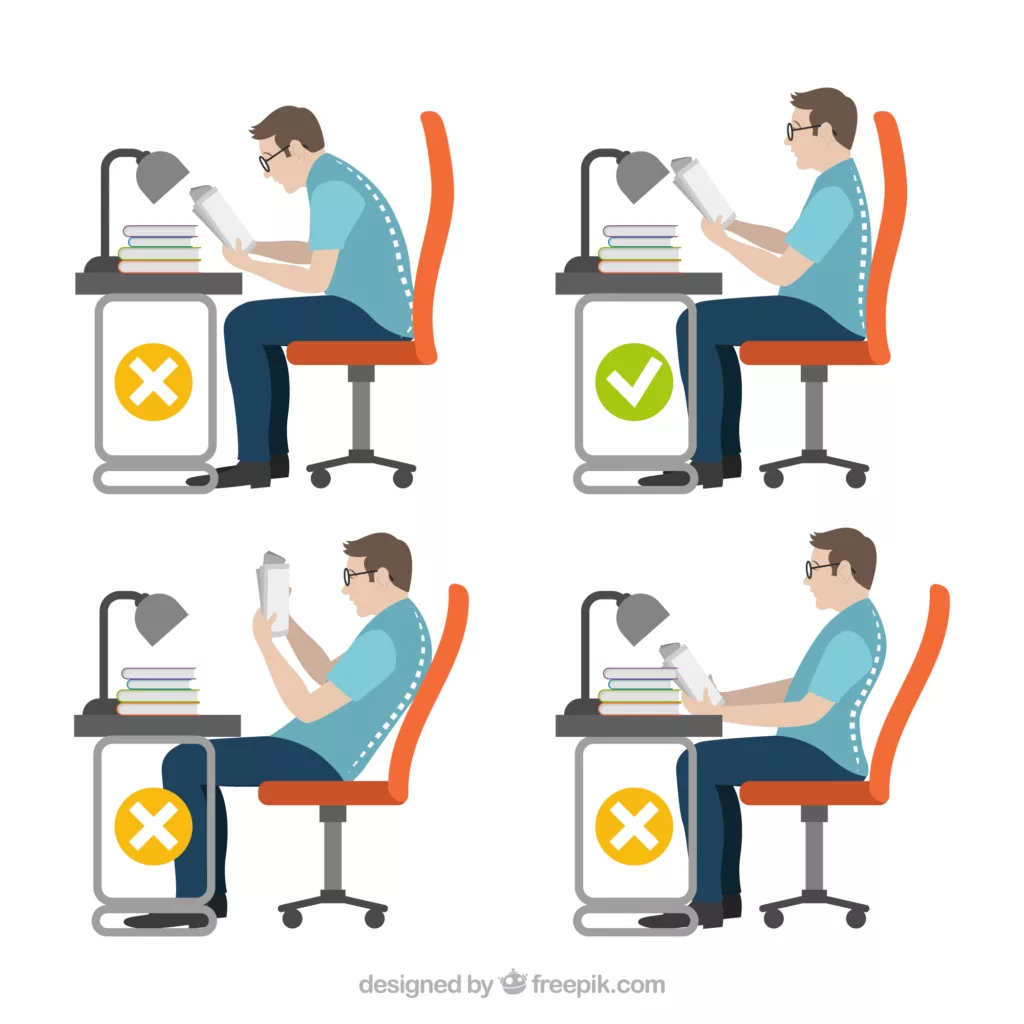
It might not seem like a big deal at first, but this posture puts a strain on your neck and can lead to significant discomfort. Moreover, the lack of proper support encourages an unnatural curve in your spine, setting the stage for lower back pain after prolonged periods.
But it’s not just your spine that’s at risk.
The very way we type or scroll on a laptop perched on our laps can strain our musculoskeletal system.
The cramped conditions necessary for typing or navigating force our hands and wrists into awkward positions, paving the way for repetitive strain injuries (RSIs) like carpal tunnel syndrome and tendonitis.
These ailments stem from the repetitive motions and unnatural positions our hands are forced into, especially without the ergonomic support that a desk or table provides.
Reduced Circulation
Another concern is the reduction in circulation because of the constant pressure put on your thighs by your laptop.
Prolonged pressure can compress the blood vessels in the legs, leading to discomfort and potentially contributing to the development of deep vein thrombosis (DVT) in extreme cases.
DVT is a serious condition where blood clots form in deep veins, usually in the legs.
Visual Strain and Fatigue
The position of a laptop on the lap usually means the screen is lower than eye level. This forces the user to look down, straining the neck and eyes. The angle can also lead to increased glare, making it harder to see the screen clearly and leading to eye fatigue.
Over time, this can contribute to visual strain symptoms, such as dry eyes, blurred vision, and headaches.
4 Safer Alternatives to Using Your Laptop on Your Lap
Now that you know how bad it is to use your laptop on your lap, let’s explore what are the alternatives.
Use Your Laptop on a Desk or Table
Switching your laptop from your lap to a desk or table might seem like a small change, but it can significantly upgrade your computing experience.
This simple shift helps you maintain a healthier posture, providing the support your wrists and back need to stay comfortable and aligned.
Moreover, positioning your laptop on a stable surface like a desk or table also means you’re reducing your exposure to electromagnetic fields (EMF).
Thanks to the inverse square law—a principle from physics that explains how the strength of EMF diminishes exponentially with distance—just a bit more space between you and your laptop can significantly lower the risk of EMF-related health concerns.
Think of it this way: every inch of distance is a step toward minimizing potential EMF impacts on your health.
So, investing in a good desk isn’t just about comfort; it’s about your well-being.
Laptop Lap Desk
Laptop lap desks are a game-changer for anyone who loves the freedom of using their laptop anywhere, from the cozy corner of a coffee shop to the comfort of their couch at home.
These nifty accessories are more than just a flat surface; they’re designed with your comfort and health in mind.
By providing a stable platform for your laptop, they not only protect your lap from the uncomfortable heat but also help maintain a safer distance between your body and the device’s radiation—particularly important for shielding sensitive reproductive organs.
With a range of styles and materials available, from plush cushions that mold to your legs to sleek designs with built-in fans and adjustable angles, there’s a laptop lap desk out there to meet every need and preference.
And finding the perfect one is a breeze, thanks to their availability at electronics stores, office supply shops, and online marketplaces.
Whether you’re knocking out work assignments, diving into study sessions, or just casually surfing the web, a laptop lap desk can really make using your laptop a healthier and more comfortable experience.
Laptop Lap Tray
If you don’t want to carry around the bulky lap desk, you can go for a laptop lap tray.
Offering a sturdy and reliable platform, these trays ensure that your laptop sits securely, providing an ergonomic boost to your computing sessions.
This means less strain on your body and a more comfortable posture, no matter where you find yourself.
But what sets lap trays apart is their unmatched portability.
Designed for life on the go, they seamlessly transition from home to travel to café settings, making them a must-have for anyone who doesn’t want to be tied down to a desk.
Laboratory-Tested SYB Laptop Pad
If getting a desk isn’t on the cards right now, and the idea of lugging around a laptop lap desk or tray doesn’t appeal to you, there’s a sleek, smart solution to use your laptop safely on your lap: the SYB Laptop Pad.
This innovative pad is crafted with one goal in mind—to significantly reduce your exposure to radiation and heat from your laptop, without sacrificing comfort or convenience.
The SYB Laptop Pad stands out for its thoughtful design aimed at combating the trio of concerns: heat, EMF (Electromagnetic Fields), and ELF (Extremely Low Frequency"Frequency" in the context of electricity, Electromagnetic Fields (EMF), and wireless communication, can be thought of as the number of times something happens in a second. Specifically, it refers to...) radiation.
It works by effectively deflecting these radiations away from your body, ensuring that your laptop time is safer and healthier.
The magic of the SYB Laptop Pad lies in its construction. The exterior is a unique blend of silicon and plastic, creating a soft yet grippy surface that not only feels comfortable on your lap but also keeps your laptop securely in place.
Dig a little deeper, and you’ll find the real heroes: a layer of ferromagnetic steel and aluminum plating.
These materials deflect up to 99% of WiFi, EMF, and ELF radiation, steering it away from you.
Besides shielding you from radiation, this innovative pad doubles as a heat sink, absorbing and dissipating thermal energy"Energy" is a fundamental concept in physics, often described as the ability to do work or cause change. In everyday terms, it's what is needed to move things, heat them... before it has a chance to reach your skin.
Final Thoughts
In the digital tapestry of our lives, the threads of EMF radiation, unwelcome heat, and ergonomic challenges weave a complex picture. Awareness and careful management of how you use your laptop are paramount in navigating these issues.
By embracing ergonomic solutions like laptop lap desks or pioneering EMF shieldingEMF shielding refers to the practice of reducing the electromagnetic field (EMF) exposure in a particular area by blocking or altering the electromagnetic waves with barriers made of conductive or... products, you not only refine your computing experience but also shield your well-being from potential harm.
The journey towards a healthier interaction with your devices begins with small, yet impactful, adjustments in your daily habits.
It’s about striking a balance between leveraging technology and prioritizing your health, ensuring that your digital practices help rather than hinder your well-being.
If you want to learn more, I encourage you to visit the SYB Blog. Start here: “10 Best EMF Protection Tips for a Safer, Healthier Life.”


